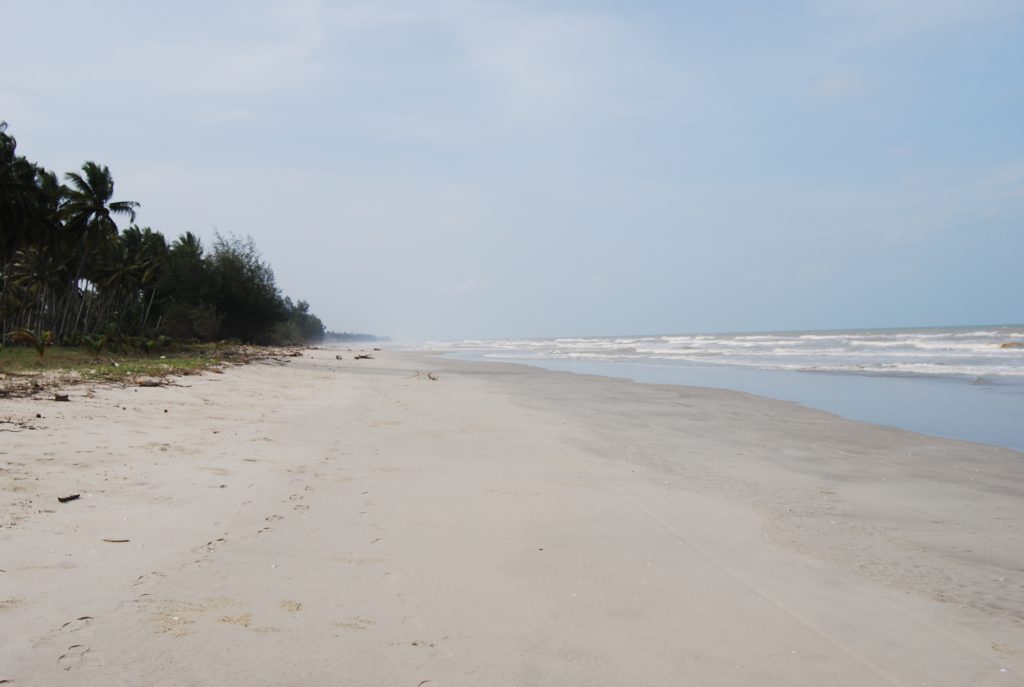
November 22, 2017, by Communications
New flows of chemical pollution in the Asian atmosphere
Research by Dr Matthew Ashfold, an Associate Professor in the University of Nottingham Malaysia’s (UNMC) School of Environmental and Geographical Sciences (EGS), has brought to light a form of trans-boundary air pollution which has important implications for the Southeast Asian region. In contrast to the familiar ‘haze’, this phenomenon occurs during the Northeast Monsoon season (between November and February) and the key pollutants identified are not obviously visible.
The new research focuses on pollution originating in the rapidly industrialising region of East Asia centred on China. Under certain conditions, these pollutants can travel over just a few days to equatorial regions around Malaysia. The mechanism, first identified by Dr Ashfold and colleagues in an article in 2015, is linked to so-called ‘cold surges’, which occur regularly during the northeast monsoon season, lead to cold weather in East Asia, and strong winds from the north that flows into the South China Sea. Two articles published in recent months add more detail to this story.
The first of these articles looked at the impact of this mechanism on air quality in Malaysia and the surrounding region and showed that levels of ozone – a pollutant that is damaging to both humans and plants – were significantly elevated during cold surges. In much of Southeast Asia, and particularly in areas away from cities, breaches of the World Health Organization’s guideline value for ozone occurred mainly during these episodes. The impact of pollutants emitted in East Asia on air quality in North America has been studied for a long time, and this finding shows countries in tropical Southeast Asia are also similarly affected by this source of pollution.

Looking out to the South China Sea – and the direction of incoming flows of East Asian pollution – from the University of Malaya’s Bachok Marine Research Station near Kota Bharu
The second study, led by Dr David Oram at the University of East Anglia in the UK as reported on by the BBC focused on a different category of pollutants which can damage the stratospheric ozone layer. In contrast to ozone at the surface, which is considered a pollutant, ozone found in the stratosphere has a very positive impact on life on Earth. The ozone layer absorbs harmful ultraviolet radiation in the Sun’s rays before it can reach the surface, and most chemicals known to damage it – such as CFCs – are now regulated under the Montreal Protocol. This study reported surprisingly high levels of unregulated chlorine-containing pollutants in air samples collected across the region, both at the surface and from aircraft. Further, the research showed these pollutants mostly originate in East Asia, and once transported to the tropics, can be lifted by widespread thunderstorms towards the ozone layer.
According to Dr Ashfold: “These two examples of long-range, trans-boundary transport of atmospheric pollution add to growing knowledge of the processes at work in the fascinating Southeast Asian atmosphere and their relevance for global environmental issues. As with the well-known haze episodes, they also underscore the international nature of environmental problems. In these circumstances, countries will only find effective environmental solutions by collaborating with their neighbours.”
For more information, please contact Dr Matthew Ashfold
-
Post a comment
